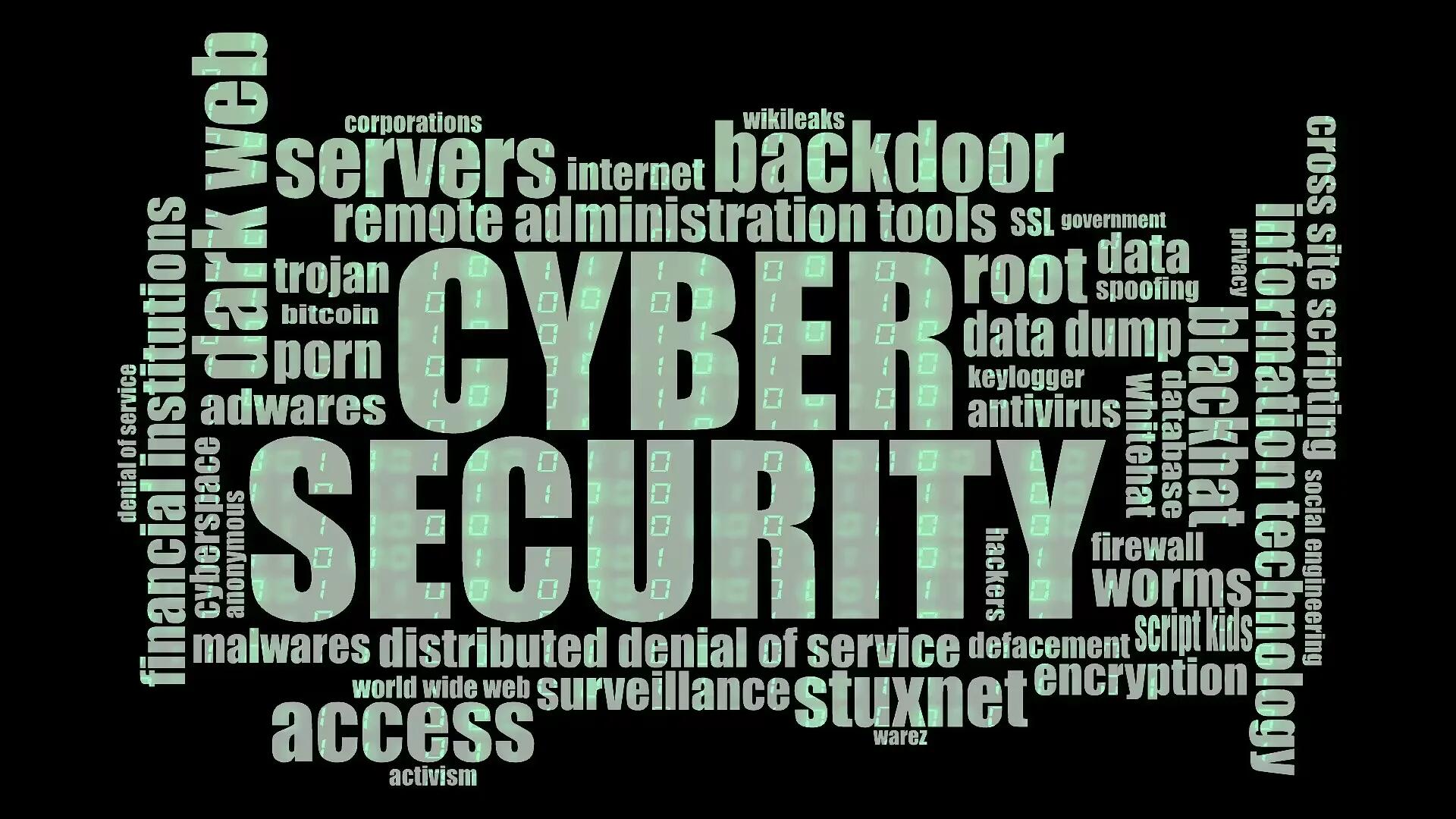The seismic shift towards remote work, a consequence of rapid technological innovation and recent global events, has painted a new picture of the typical workplace. With this change comes the liberty of flexibility and the promise of enhanced productivity. However, the landscape of remote work is not without its thorns, the most prickly of which is cyber security.
Organizations now face the arduous task of finding a balance, a golden mean, between productivity and protection, with the implementation of effective policies, technologies, and cyber security services being crucial in this balancing act.
The Rise of Remote Work and Its Security Implications
The adoption of the remote work model has skyrocketed recently. It is a significant transformation that offers flexibility, promoting a more dynamic and inclusive work environment that transcends physical boundaries. However, as employees log in from various locations, the complexity of the network architecture multiplies.
The traditional boundaries that contained and protected sensitive information have dissolved, potentially exposing organizations to an array of cyber threats like unauthorized access, data breaches, and phishing attacks. The safety net that comprehensive cyber security services provide is of utmost importance in this scenario, creating a protective shell around the organization’s assets.
Creating a Culture of Cybersecurity Awareness
An essential step in minimizing cyber threats is instilling a culture of cyber security awareness among employees. This cultural shift hinges on consistent education and training about best practices. These practices range from recognizing phishing emails and using robust passwords to understanding the necessity of regular software updates.
It is crucial to remember that the implementation of sophisticated technology alone is not a silver bullet. Instead, every member of the team should be encouraged to adopt a vigilant and responsible approach toward their role in the organization’s cyber security. Continuous communication about emerging threats and preventive measures can foster a culture that strikes a balance between prioritizing security and productivity.
Implementing robust security protocols
In the world of remote work, robust security protocols play a central role in creating a safe cyber environment. Tools such as virtual private networks (VPNs), multifactor authentication, and regular device monitoring are integral to this protective framework. These protocols function as the first line of defense against cyber threats, guaranteeing that sensitive information is accessible only to authorized individuals.
However, the strategic implementation of such measures requires careful planning and nuanced handling, ensuring that these protocols offer optimal protection without obstructing the smooth flow of work.
Leveraging advanced security tools
In an era where cyber threats evolve with alarming rapidity, relying solely on traditional security measures can leave blind spots in an organization’s cyber defense. This is where sophisticated security tools come into play, namely those that harness the potency of artificial intelligence, machine learning, and real-time monitoring, thereby delivering an additional layer of protection. With their ability to detect and respond to suspicious activities at high speed, such tools can minimize potential damage.
But integrating these powerful tools into an existing security framework requires a considerate approach, ensuring that these technologies align with the organization’s goals and do not inadvertently create productivity roadblocks.
Balancing remote work productivity and security
The challenge of maintaining cyber security in the remote work era is like walking a tightrope, with productivity on one side and security on the other. Achieving the right balance requires a nuanced approach that considers individual and organizational needs, industry standards, and regulatory requirements.
By weaving together flexible policies, cutting-edge technologies, and continuous education, organizations can construct a remote work environment that is both secure and productive. This delicate equilibrium is not static but dynamic, requiring constant evaluation and adjustment to mirror the ever-changing landscape of cyber threats and business demands.
Conclusion
The remote work era offers a bounty of opportunities, propelling businesses into new avenues of collaboration and productivity. However, it also brings with it unique challenges, especially concerning cyber security. By understanding these challenges and implementing an effective mix of policies, technologies, and cyber security services, organizations can gear up to navigate this new terrain, successfully balancing productivity and protection.
